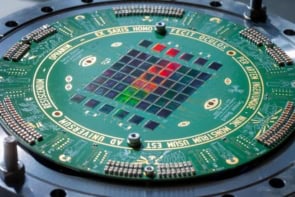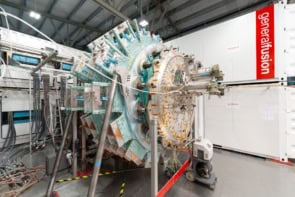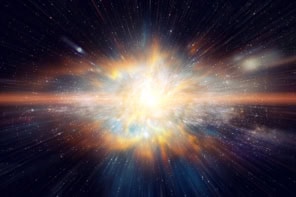Lorentz invariance is fundamental to the special theory of relativity and the Standard Model of particle physics. The principle of Lorentz invariance states that the result of an experiment is independent of the velocity at which it is performed. However, many extensions of the Standard Model involve violations of Lorentz invariance. Now, Dimitri Avaloff and colleagues at Stanford University in the US have set new limits on these violations (J A Lipa et al. 2003 Phys. Rev. Lett. 90 060403).

In 1998, Don Colladay and Alan Kostelecky of Indiana University identified over a hundred co-efficients related to possible violations of Lorentz invariance in a “general” extension to the Standard Model. Astrophysical measurements and experiments with accelerators can set a limit on many of these parameters, but nine parameters that involve electromagnetic effects have yet to be constrained.
Avaloff and co-workers have devised a new experiment that is sensitive to these parameters. Their method involves monitoring microwaves inside a pair of cylindrical cavity resonators. One cavity is oriented in a horizontal direction, while the other points vertically. The researchers believe that any violations of Lorentz invariance will effect the cavities in different ways as the Earth orbits the Sun.
The Stanford team found no difference – or anisotropy – to one part in 1013 for four of the parameters and no anisotropy to one part in 109 for three other parameters. These bounds now constrain seven of the nine coefficients that were previously unknown in the general standard model extension.
The scientists hope to improve their limit by at least a factor of a 100. “We are also working on an experiment to be flown on the International Space Station around 2008, of which Lorentz invariance testing is a part,” Joel Nissen, one of the members of the research group, told PhysicsWeb. “Operation in space should give us greater sensitivity to certain of the coefficients because of the higher velocity of the cavities relative to the centre of the earth and the shorter measurement period – 90 minutes instead of 24 hours.”



